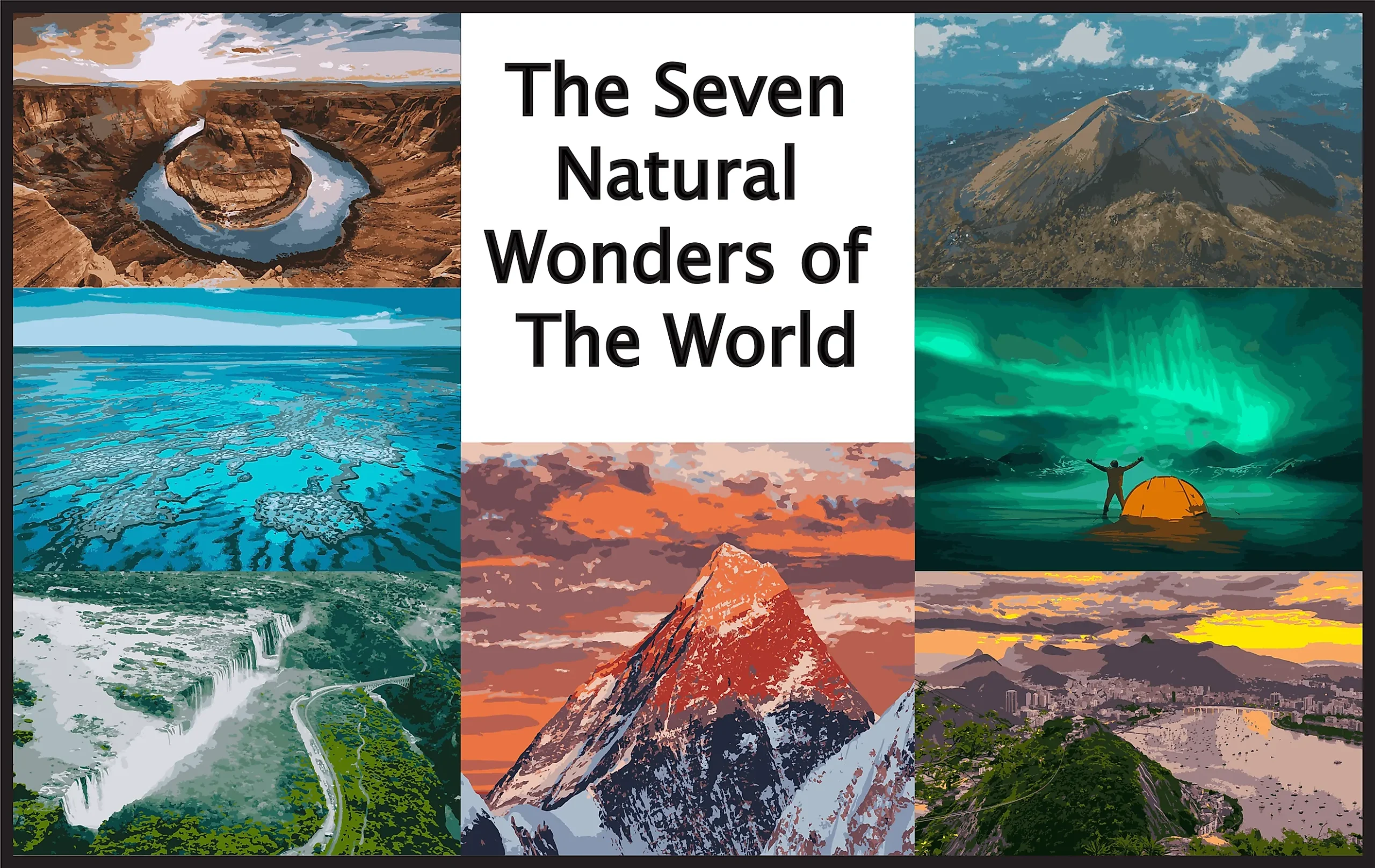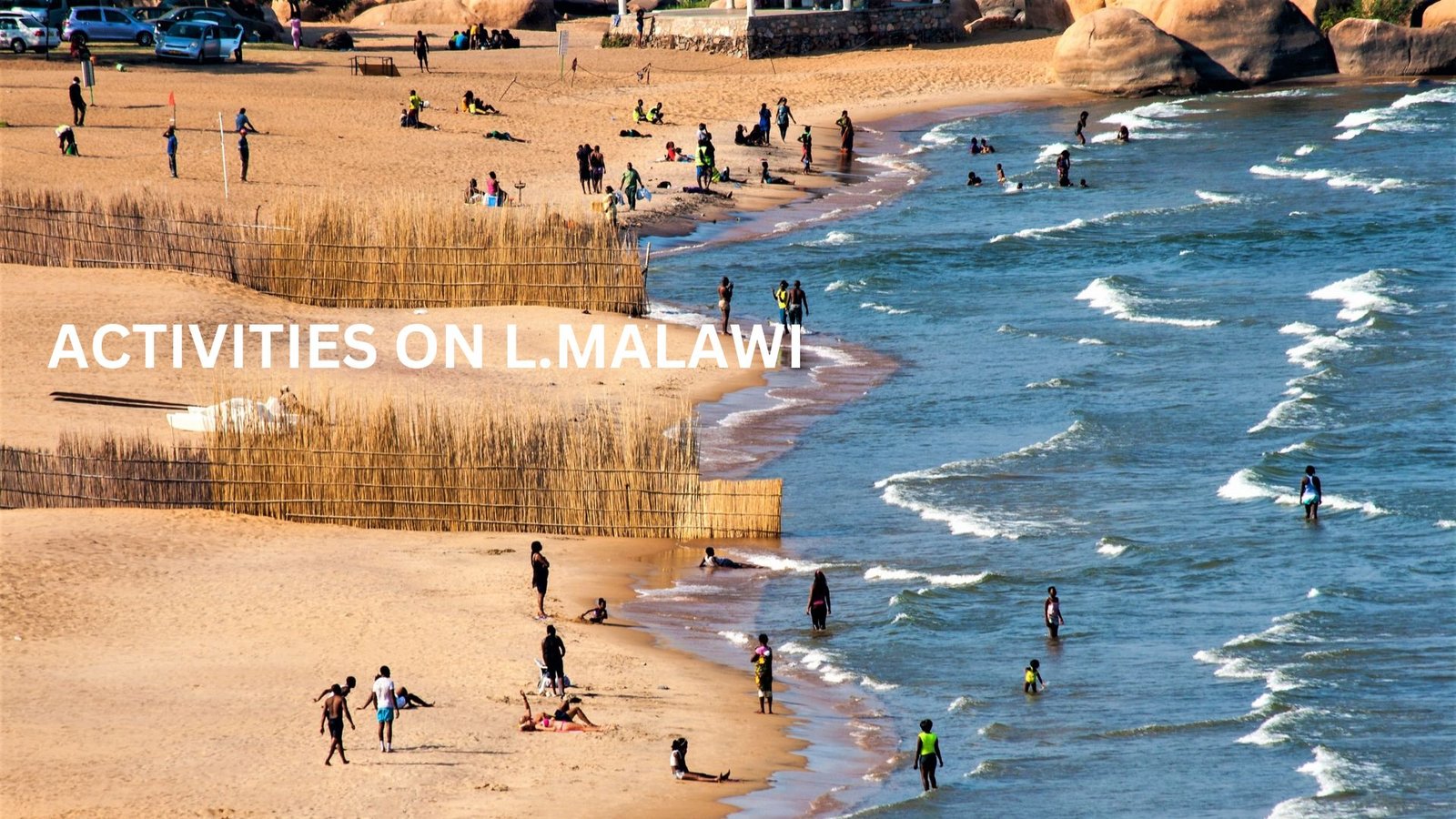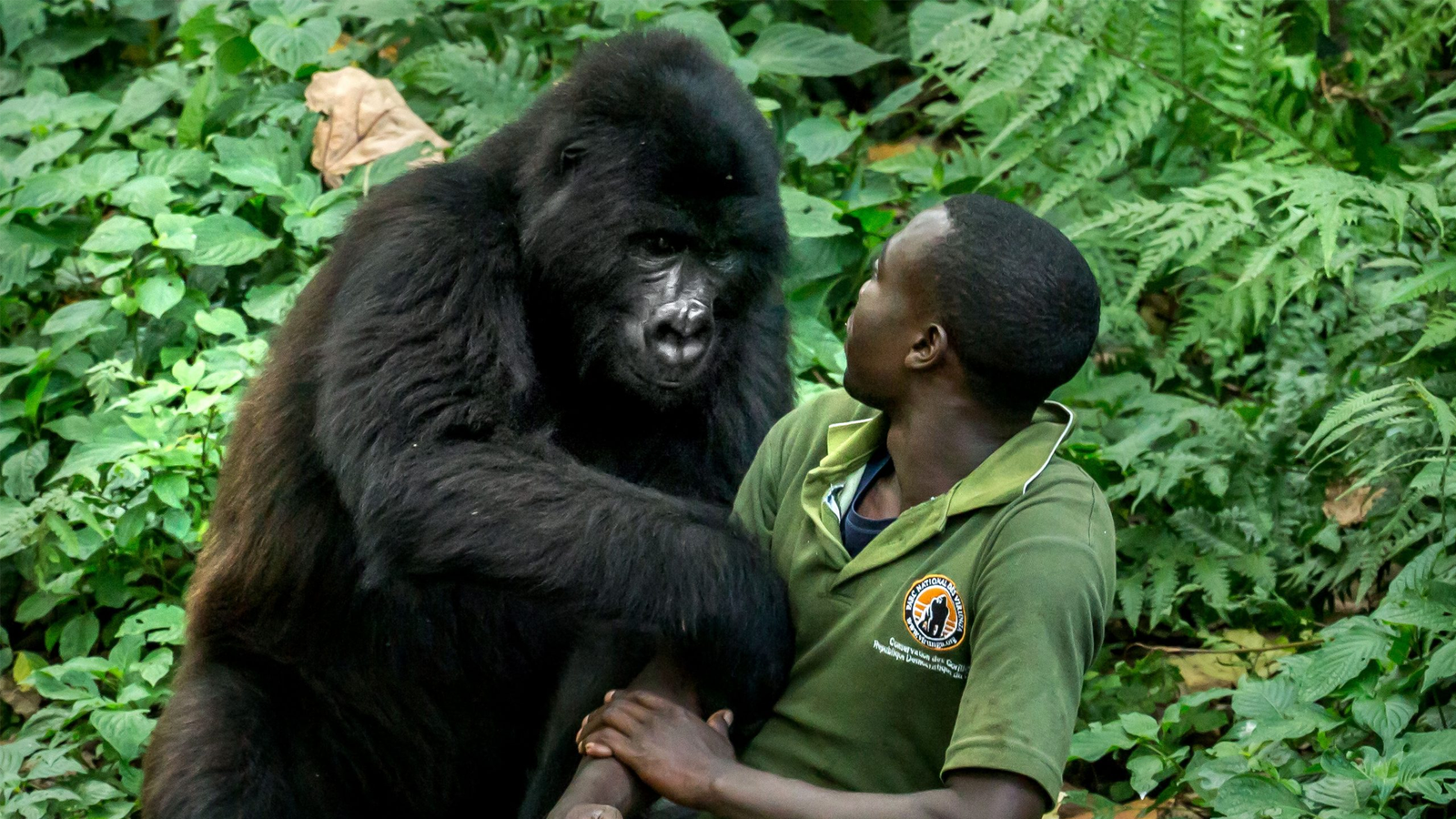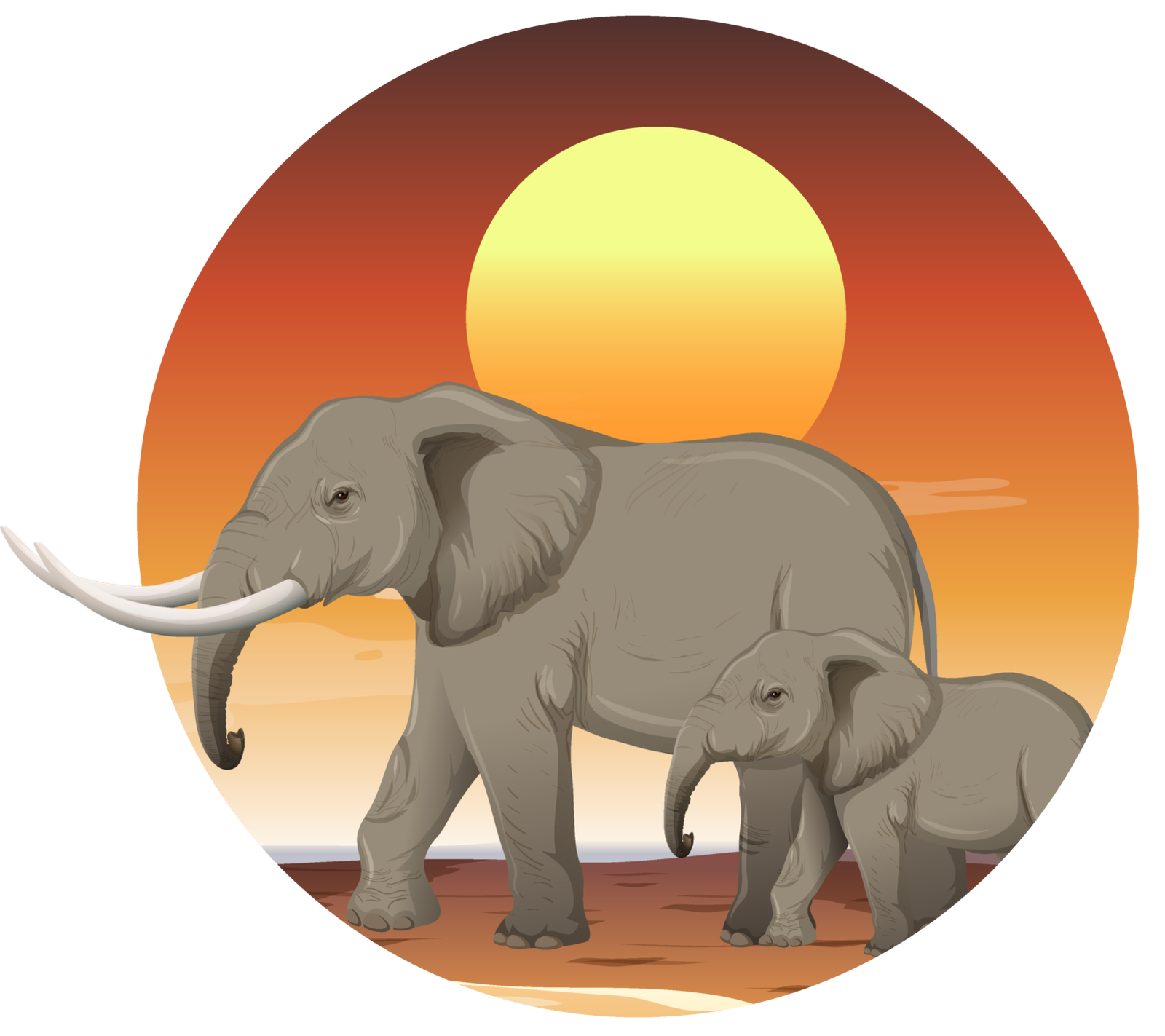Africa boasts vast expanses of untouched nature, teeming with diverse wildlife, breathtaking landscapes, and vibrant cultures. This remarkable continent is brimming with wonders, but seven stand out above the rest, earning their place through popular voting on February 11, 2013. Here, we unveil the esteemed list of the “Seven Natural Wonders of Africa.”
7. Red Sea Reef

The Red Sea, an inlet of seawater from the Indian Ocean, lies between Asia and Africa. It connects to the ocean through the Gulf of Aden and the Bab el Mandeb strait. Underpinned by the Red Sea Rift, this natural phenomenon has been recognized as one of the Seven Natural Wonders of Africa. Covering an area of 169,000 square miles, the Red Sea stretches 1,400 miles in length and spans 221 miles in width, with a maximum depth of 7,254 feet.
The Red Sea is renowned for its extensive network of shallow shelves, which host vibrant coral reefs and diverse marine life. It is home to over 1,000 invertebrate species and 200 species of hard and soft corals. Among its marine biodiversity, more than 1,200 fish species inhabit the Red Sea, with about 10% being endemic to the region.
The fringing coral reefs, aged between 5,000 and 7,000 years, are predominantly formed from porites and acropora corals. These reefs feature various structures, including platforms, lagoons, and cylinders, making them a unique ecosystem. Additionally, around 44 species of sharks are known to visit the Red Sea reefs, further highlighting the area’s ecological importance.
6. Okavango Delta

The Okavango Delta is a vast expanse of swampy, inland delta formed where the Okavango River meets a tectonic trough. Situated in the heart of the Kalahari’s endorheic basin, the delta’s waters never reach the ocean but instead evaporate during the dry season.
On the eastern side of the Okavango Delta lies the Moremi Game Reserve, a haven for wildlife. The region is home to an incredible variety of species, including the African bush elephant, hippopotamus, South African cheetah, Southwest African lion, African buffalo, greater kudu, rhinoceroses, chacma baboon, and many more.
Recognized for its grandeur and ecological significance, the Okavango Delta has earned its place as a UNESCO World Heritage Site.
5. Ngorongoro Crater

The Ngorongoro Crater is the centerpiece of the Ngorongoro Conservation Area, a UNESCO World Heritage Site located west of Arusha, Tanzania. It is the world’s largest inactive, intact, and unfilled volcanic caldera. Formed 2 to 3 million years ago by the collapse of a massive volcano after an eruption, the crater remains one of nature’s most remarkable geological features.
The crater’s highlands display diverse landscapes, with the eastern side covered by montane forest, while the drier western wall is dominated by grassland and bushland. The crater floor itself is characterized by open grassland interspersed with two small wooded areas dominated by fever trees.
Recognized for its unique ecological and geological features, the Ngorongoro Crater is celebrated as one of the Seven Natural Wonders of Africa.
4. Serengeti Migration
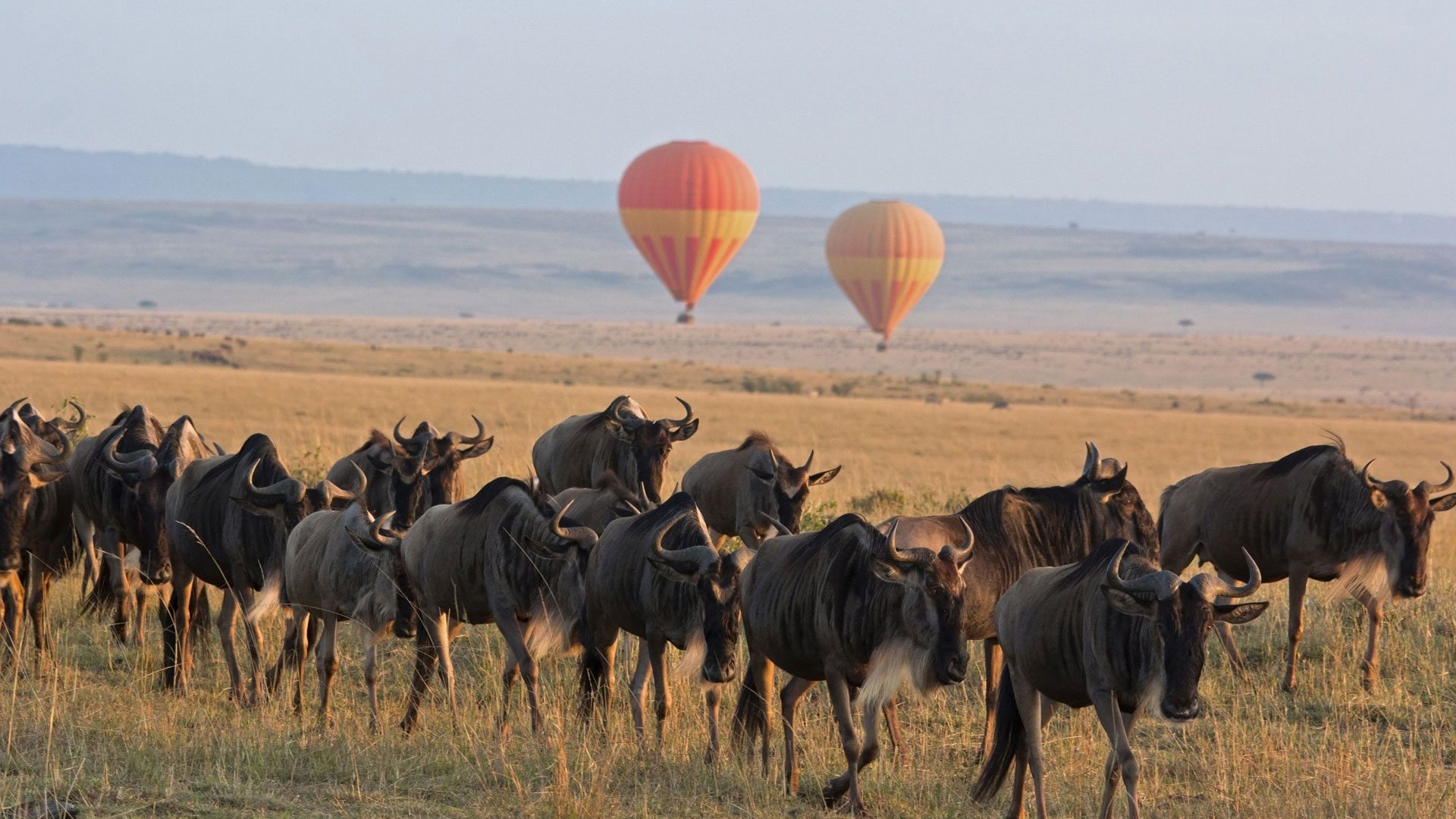
The Serengeti is a vast African ecosystem stretching from northern Tanzania to southwestern Kenya, where it is known as the Maasai Mara. Renowned for hosting the world’s largest terrestrial mammal migration, the Serengeti is a natural marvel. The region is divided into several game reserves, including Tanzania’s Serengeti National Park. Home to lions and an incredible diversity of wildlife, the ecosystem supports over 70 species of large mammals and 500 species of birds. Its varied landscapes include grasslands, woodlands, riverine forests, swamps, and rocky outcrops known as kopjes.
Each year, the Serengeti witnesses the spectacular Great Wildebeest Migration, a circular movement of animals driven by rainfall and grazing patterns. The journey begins in Tanzania’s southern Serengeti, within the Ngorongoro Conservation Area. Between January and March, nearly 1.7 million wildebeest, 260,000 zebras, 470,000 gazelles, and other plains game begin their migration. By February, these animals gather on the southeastern short grass plains to graze and give birth to approximately 500,000 calves.
As the rains end in May, the herds move northwest toward the Grumeti River, where they remain until late June. From late July to August, they cross into Kenya’s Maasai Mara, completing the journey. This epic migration is both a celebration of life and a struggle for survival. Along the way, nearly 250,000 wildebeest succumb to thirst, hunger, and predation, making the Great Migration a breathtaking yet poignant natural phenomenon.
3. Sahara Desert
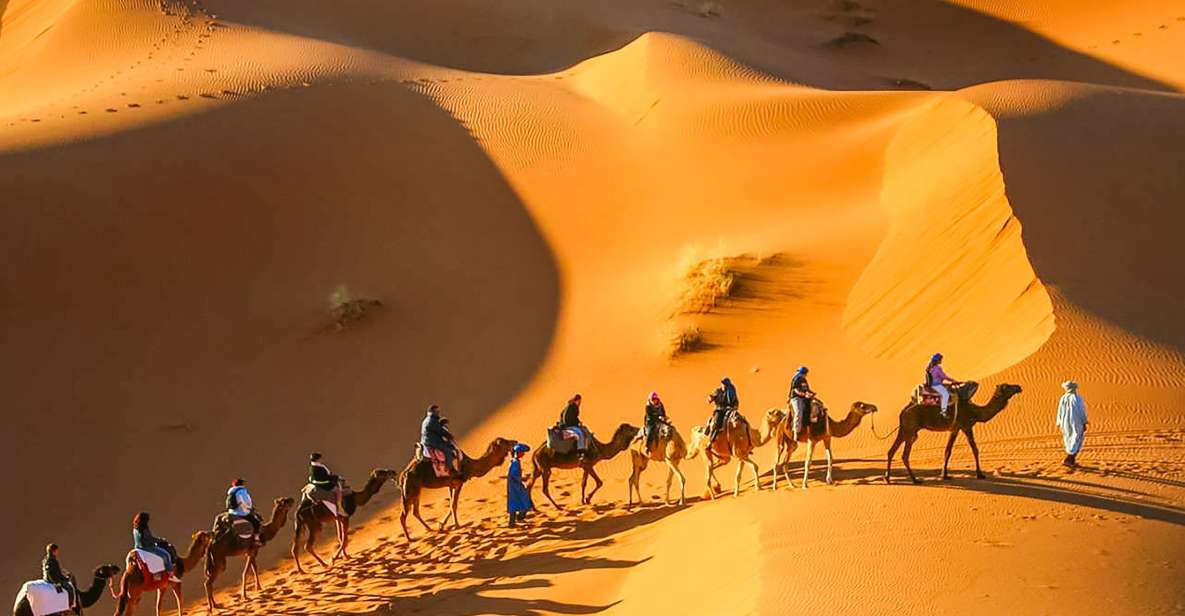
The Sahara Desert is the world’s third-largest desert, following the cold Antarctic and Arctic deserts. However, it holds the title of the largest hot desert on the planet. Spanning an area of approximately 3,500,000 square miles—comparable to the size of the United States—the Sahara stretches across much of North Africa, excluding the Mediterranean Sea coast, the Nile Valley of Egypt and Sudan, and the Atlas Mountains of the Maghreb.
Despite its harsh arid conditions, the Sahara is not devoid of life. It serves as a habitat for various species, including the fennec fox, addax, dama gazelle, Saharan cheetah, monitor lizard, sand vipers, African wild dog, red-necked ostrich, desert crocodiles, Saharan silver ant, dromedary camels, and goats. Additionally, the desert is home to nomadic tribes and small settlements situated around its oases.
The Sahara also offers unique opportunities for adventure and exploration. Visitors can engage in activities such as camping under the desert skies, wildlife viewing, cultural tours, and camel rides. These experiences are typically organized under the guidance of experts familiar with the desert’s challenging terrain and unique culture.
2. Mount Kilimanjaro

Mount Kilimanjaro, a dormant volcano in Tanzania, stands as the highest mountain in Africa. Rising approximately 16,000 feet from its base to a staggering 19,341 feet above sea level, it is a central feature of the Kilimanjaro National Park and a popular destination for climbers. Additionally, Mount Kilimanjaro is the tallest volcano in the world outside South America.
This stratovolcano boasts three distinct cones: Kibo, Mawenzi, and Shira. Several official trekking routes lead to its summit, with the Machame route being renowned for its breathtaking scenery. Although scaling Mount Kilimanjaro is less challenging than climbing the Himalayan or Andes peaks, it is not without risks. Fatalities have been reported, underscoring the importance of safety measures.
Climbers are strongly encouraged to follow government-issued guidelines to ensure a safer ascent to the peak of this iconic African landmark.
1. Nile River

No list of the Seven Wonders of Africa would be complete without mentioning the Nile River, the longest river in the world. Flowing northward through northeastern Africa, the Nile spans 4,145 miles and is shared by 11 countries. In both Sudan and Egypt, it serves as the primary source of water for the entire population. The river culminates in a vast delta before emptying into the Mediterranean Sea in Egypt.
The Nile has been the lifeblood of ancient civilizations, giving rise to the Egyptian civilization and the great kingdoms of Sudan. As a result, many of Egypt’s most significant historical and cultural sites are located along its banks, highlighting the river’s enduring influence on the region’s development.
